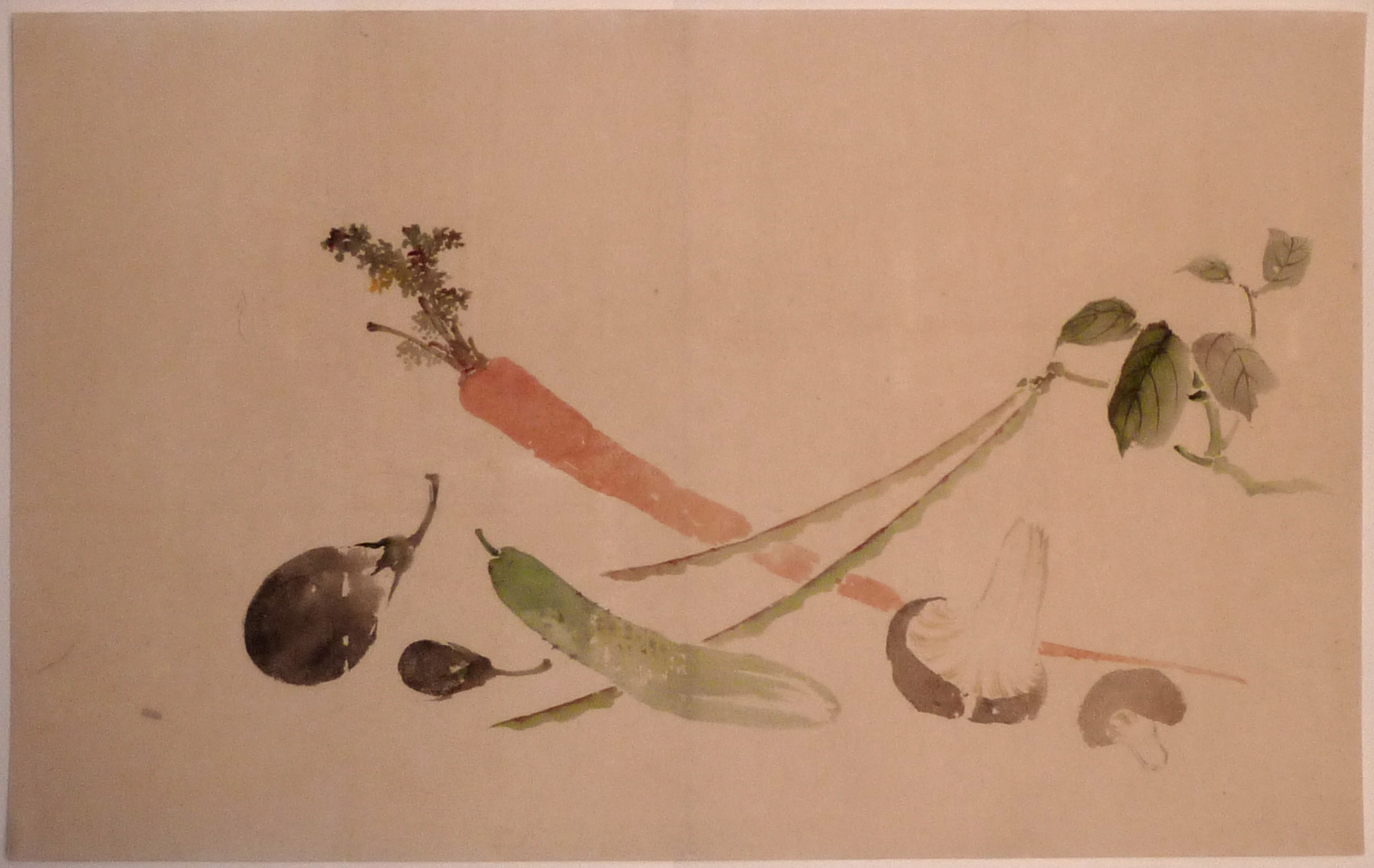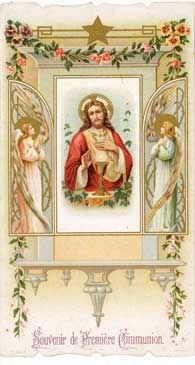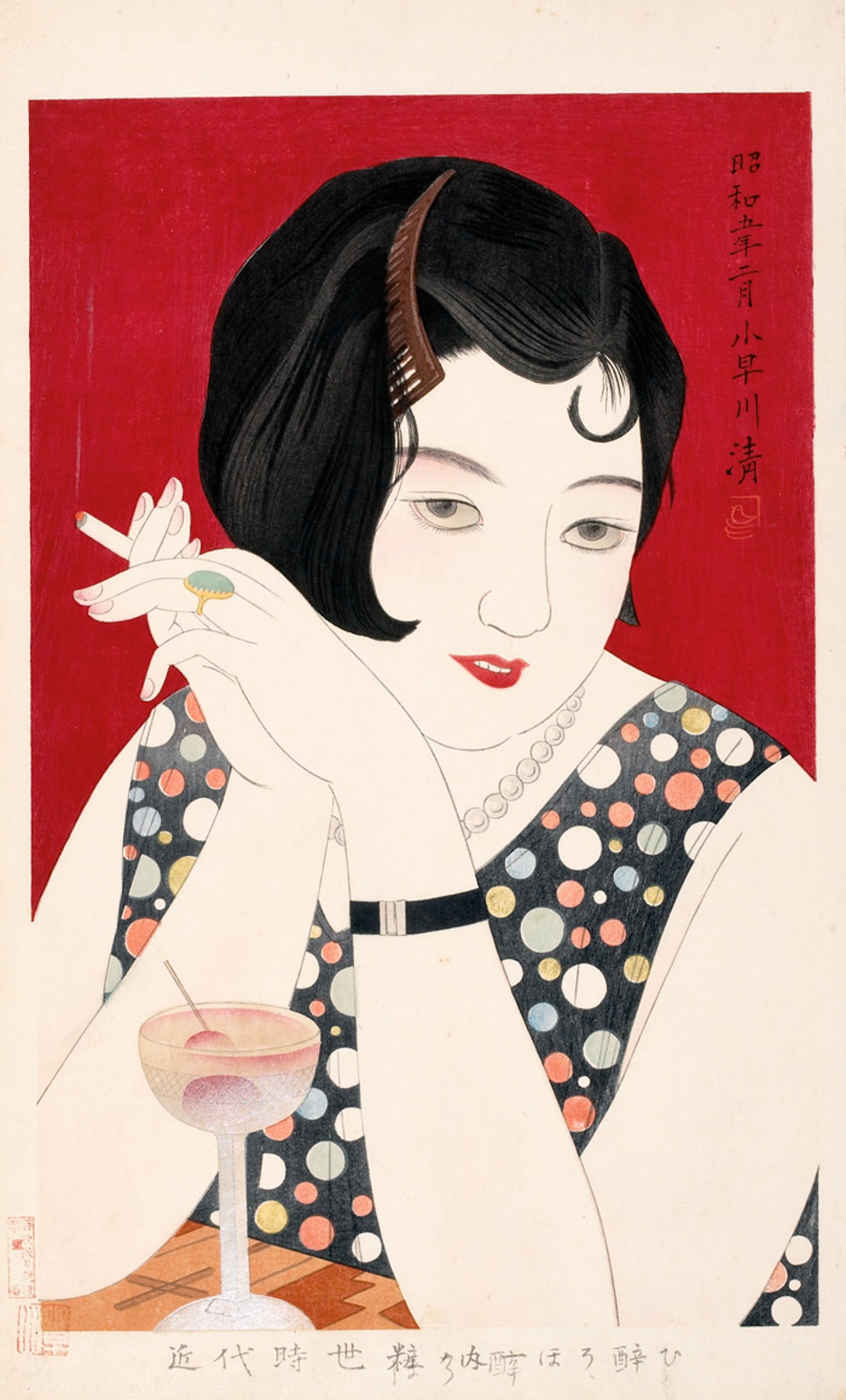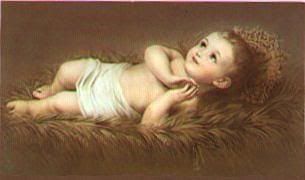Léon Bakst's Narcisse (1911) on Ballets Russes official program
The Ballets Russes (The Russian Ballets) was a travelling Russian ballet company which operated between 1909 and 1929 under the direction of Sergei Diaghilev. (The company performed mainly in Paris until Diaghilev's premature death in 1929.) It is regarded as one of the greatest dance companies of the 20th century/eva and has greatly influenced every facet of art.
Ballets Russes was a primal yell during the Belle Epoque and an amalgamation of the 1910s artistic creme de la creme, featuring the likes of Stravinsky, Pavlova and Être - just to name a few. Choreographers, dancers, composers and costume designers alike collaborated on a piece together instead of remaining separate entities, lending to the lush and distinct aesthetic of productions. The performances staged by this company shunned orthodoxy as the choreography was expressive and unrestricted by the technicality of classical ballet.
~ Felix Curds
Costume Design for a Chinese Conjurer in the Ballet, Parade, by Pablo Picasso, 1917
(From "Diaghilev and the Golden Age of the Ballets Russes, 1909-1929")
Pablo Picasso became an integral member of the Ballets Russes during the War.
Dancing into Glory
The Golden Age of the Ballets Russes
Illustrations of some of Leon Bakst's designs for the Ballets Russes.
Ballets Russes program, with design for Nijinsky in La Peri by Leon Bakst, 1912
Exhibition at Sotheby's Galerie Charpentier
76, Rue Du Faubourg Saint-Honorè
75008 Paris France
Artwork from one of the most significant artistic and cultural movements of the twentieth century was on view at the Wadsworth Atheneum in the exhibition entitled, The Ballets Russes: Celebrating the Centennial (2009).
“What made the Ballets Russes so novel and exciting was the combination of its extravagantly beautiful productions and thrilling dancing,” said exhibition curator, Eric Zafran.
Poster for the Ballets Russes,
featuring illustration by Valentin Serov of Anna Pavlova in Chopiniana,
Théatre du Châtelet, Paris, 1909.
The Victoria and Albert Museum’s major autumn exhibition, "Diaghilev and the Golden Age of the Ballets Russes, 1909–1929", explored the world of the influential artistic director Serge Diaghilev and the most exciting dance company of the 20th century.
Diaghilev combined dance, music and art in bold ways to create ‘total theatre’. A consummate collaborator, he worked with Stravinsky, Chanel, Picasso, Matisse and Nijinsky.
De Chirico's sketch for Le Bal costume
"Le Bal," 1929
Scene design by Giorgio di Chirico
Harvard Theatre Collection
Treasures on show included Picasso’s huge front cloth for Le Train Bleu, as well as original costumes and set designs, props and posters by artists and designers like Léon Bakst, Georges Braque, Jean Cocteau and Natalia Goncharova.
Stage backcloth for the Wedding Scene in The Firebird,
After Natalia Goncharova, 1926.
These told the story of a company which began in the social and political upheaval of pre-revolutionary Russia and went on to cause a sensation with exotic performances that had never been seen before.
The gallery included a rich array of costumes designed by Bakst and tell the story of the Ballets Russes up to the outbreak of War in 1914.
Leon Bakst design for a cap for the Bluebird 'The Sleeping Princess' (1921)
Costume for Prince Charming
from The Sleeping Princess, designed by Léon Bakst, 1921.
The exhibition looked at how the Ballets Russes survived during the War having been cut off from their roots in Russia with little access to the cities they performed in before 1914.
The final gallery presented Diaghilev and his company in the 1920s - a period when he had achieved great status in European culture. The works of artists, authors and musicians he knew or was associated with were shown – including manuscripts by Joyce, Proust and Eliot.
Léon Bakst set design for 'Scheherazade' (1910)
There was a large selection of costumes in this gallery, from the exotic – Léon Bakst’s The Sleeping Princess and Henri Matisse’s Le Chant du rossignol, and the wacky – Mikhail Larionov’s Chout and Giorgio de Chirico’s Le Bal, and the chic – Coco Chanel’s bathing costumes for Le Train Bleu, Georges Braque’s Zephyr and Flore and Marie Laurencin’s Les Biches.
Costume for a Negro Lackey,
(as programmes of the time referred to the character)
from "The Sleeping Princess," designed by Léon Bakst, 1921.
Diaghilev and the Ballets Russes redefined ballet. A groundbreaking entrepreneur and artist, Diaghilev’s dedication to pushing boundaries and collaborating with the best designers, choreographers and artists of his time left an inspiring legacy.
Portrait of Sergei Diaghilev by Valentin Serov (1904)
A wonderful celebration of the impresario of the century who not only knew Stravinsky, Picasso, Matisse, Cocteau, Chanel and others but knew just what he wanted out of each of them. ~ Burgess & Reyes




















_ritratto_da_Valentin_Aleksandrovich_Serov.jpg/225px-Sergej_Diaghilev_(1872-1929)_ritratto_da_Valentin_Aleksandrovich_Serov.jpg)

























